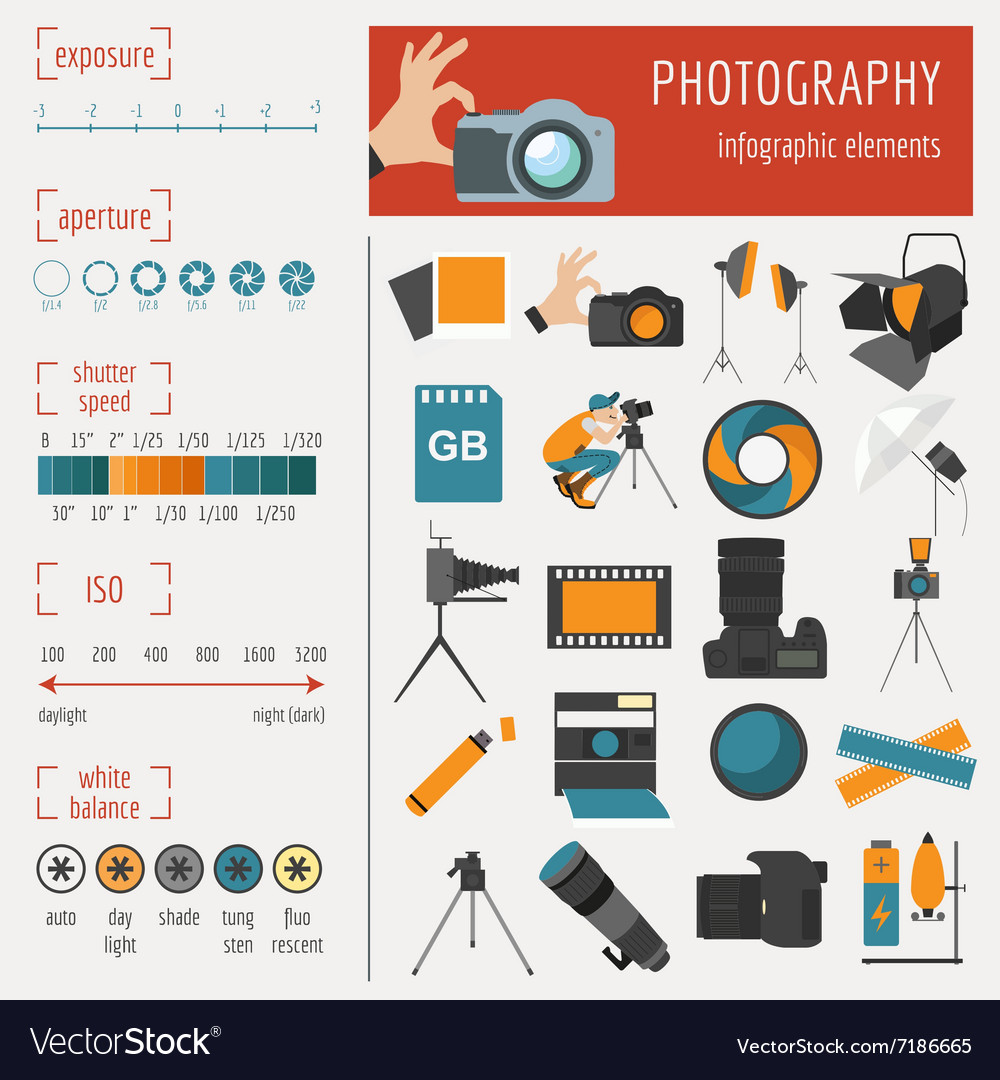Photography Tips For Beginners: Grasping Your Cam In No Time At All
Photography Tips For Beginners: Grasping Your Cam In No Time At All
Blog Article
Short Article By-Lyons Bryant
When you initially get your electronic camera, it can feel overwhelming with all the setups and choices available. You might find yourself wondering just how to browse aperture, shutter rate, and ISO effectively. Mastering these basics is important, yet there's more to photography than simply technical knowledge. Recognizing structure strategies and illumination problems can boost your pictures substantially. So, what if you could learn basic methods to enhance your skills and start recording outstanding images faster than you assume? Allow's explore exactly how to transform your photography journey.
Recognizing Camera Settings
Comprehending your camera settings is critical for catching spectacular images. When you pick up your electronic camera, acquaint yourself with the 3 major setups: aperture, shutter speed, and ISO. Each plays a vital function in how your pictures turn out.
Start with aperture, which controls the amount of light getting in the lens. A wider aperture (reduced f-number) allows extra light and develops a gorgeous history blur, perfect for pictures. Alternatively, a narrower aperture (greater f-number) maintains even more of the scene in focus, ideal for landscapes.
Next off, focus on shutter rate. This setting figures out how long your electronic camera's sensing unit is subjected to light. A fast shutter speed ices up motion, which is excellent for action shots, while a sluggish shutter rate can produce stunning impacts like smooth water in landscapes.
Finally, adjust your ISO. This setup impacts your cam's sensitivity to light. A higher ISO serves in low-light situations however can present noise or grain. Go for the most affordable ISO possible while still accomplishing proper exposure.
Composition Techniques
When you're out capturing, structure can make all the difference in just how your images reverberate with viewers. Start by using the regulation of thirds; picture your framework split right into nine equivalent sections with 2 horizontal and 2 upright lines. Setting key elements along these lines or at their crossways to create equilibrium and interest.
Next off, consider leading lines. These all-natural lines in your scene, like roads or rivers, draw the customer's eye right into the picture, directing them with the tale you're telling.
Don't forget about mounting; use elements within your scene, like trees or windows, to create a frame around your subject, adding depth and focus.
Additionally, keep Executive portrait studio on your history. A chaotic background can sidetrack from your main topic, while a simple one helps it stand out.
Medical Residency portrait but not least, trying out proportion and patterns; they can create a striking photo that catches attention.
Mastering Lighting Issues
Understanding lighting conditions is critical for catching magnificent photos, as the appropriate light can change an ordinary scene into something amazing.
Beginning by observing all-natural light at different times of the day. Mornings and late afternoons offer the very best light, referred to as the gold hour. The soft, warm tones during these times can boost your photos beautifully.
Don't avoid cloudy days either; diffused light can decrease extreme darkness and develop a pleasing effect, especially for pictures.
Explore backlighting by placing your topic against the light source. This strategy can produce a fanciful halo result and add deepness to your images.
Focus on your video camera setups also. Change https://zenwriting.net/rosie026esteban/reveal-the-essential-digital-photography-gear-that-will-certainly-start-your , aperture, and shutter rate to suit the illumination conditions. A greater ISO can help in low light, yet beware of grain.
Use a tripod in darker settings to prevent blur.
Lastly, do not fail to remember fabricated lighting. Flash and constant lights can be terrific devices for managing light in difficult problems.
Verdict
In conclusion, grasping your cam doesn't have to be frustrating. By understanding your setups, using composition strategies, and taking advantage of the power of all-natural light, you'll rapidly elevate your digital photography skills. Remember, practice makes excellent, so go out there and try out your newly found expertise. With time and dedication, you'll be catching spectacular pictures that mirror your unique viewpoint. Appreciate the journey, and do not neglect to have a good time while you go to it!
